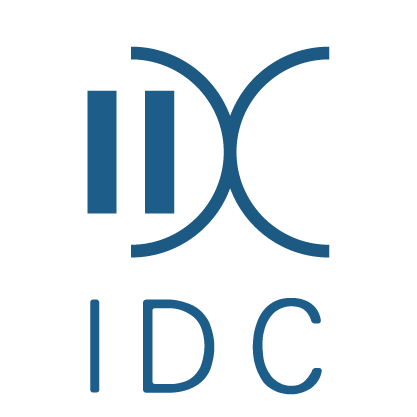Research Article
Factors Influencing the Intentions of Young People to Develop Image with Intellectual Property in Residence: A Case Study of Green City Development
More Detail
1 School of Economics and Management, Jiaying University, Meizhou 514015, China; 202107003@jyu.edu.cn (S.T.-H.L)2 School of Foreign languages and literature, Jiaying University, Meizhou 514015, China3 School of Civil Engineering, Jiaying University, Meizhou 514015, China* Corresponding Author
Innovation on Design and Culture, 2(4), December 2023, 10-18, https://doi.org/10.35745/idc2023v02.04.0002
Submitted: 29 October 2023, Published: 30 December 2023
OPEN ACCESS 140 Views 114 Downloads
ABSTRACT
In China, green industries have been developed under an important policy for promoting economic restructuring. Various regions have successively developed green cities. This study was conducted to develop a green marketing model to introduce an intellectual property (IP) of the image into green and sustainable development. A literature review result revealed that the behavioral intentions (BI) of popular groups and grasping the needs of core consumer groups were essential. The unified theory of acceptance and use of technology (UTAUT) and the model of comprehensive encouragement were combined to formulate a new model for examining young people’s willingness to use urban images with IP. The new model was then used to design a questionnaire, collect data, test research hypotheses, and the effects of relevant factors on the perceptions of urban IP image by young people was explored. The findings presented that (1) intrinsic reward (IR) and extrinsic reward (ER) positively and significantly affected the BI of young people and (2) BI played a mediating role between IR/ER and behavior (B). Recommendations were proposed regarding the direction of the development of urban IP images for green cities.
CITATION (APA)
Lin, S. T.-H., Li, X., Yang, S. Y.-R., Qiu, W., & Hsu, W.-L. (2023). Factors Influencing the Intentions of Young People to Develop Image with Intellectual Property in Residence: A Case Study of Green City Development. Innovation on Design and Culture, 2(4), 10-18. https://doi.org/10.35745/idc2023v02.04.0002


 The articles published in this journal are licensed under the CC-BY Creative Commons Attribution International License.
The articles published in this journal are licensed under the CC-BY Creative Commons Attribution International License.